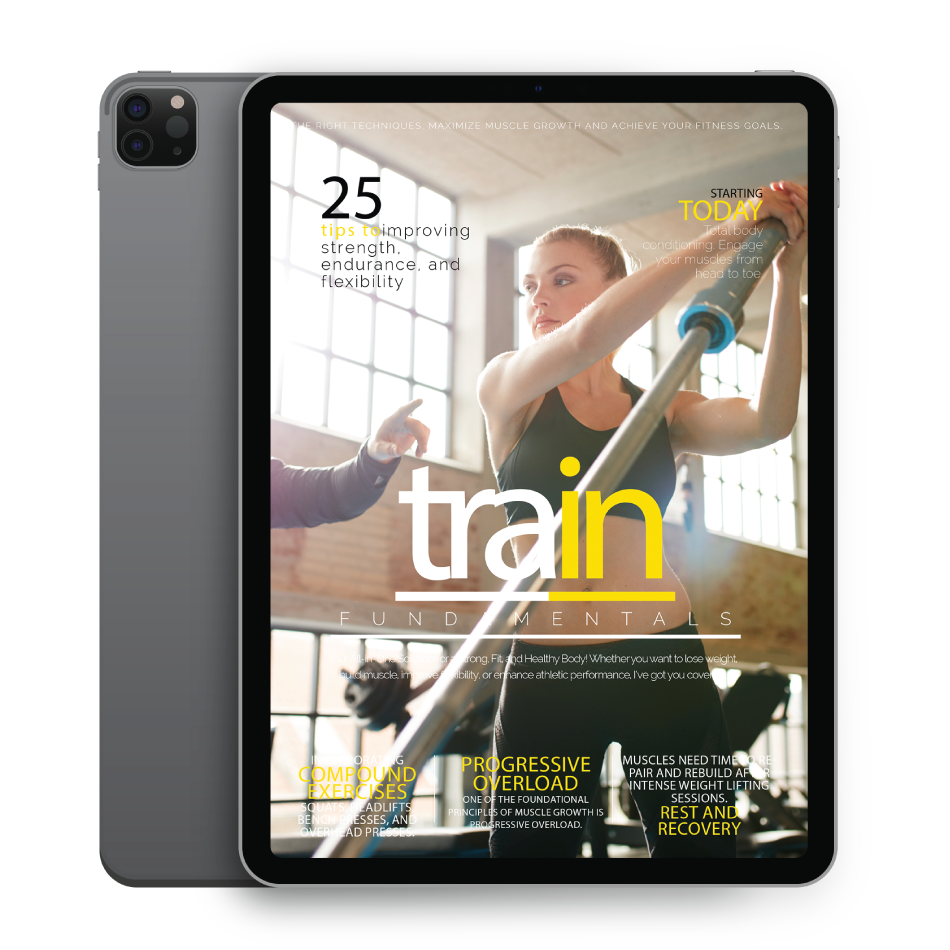Understanding 1RM: The Key to Measuring Strength
When it comes to strength training, one of the most fundamental terms you’ll come across is 1RM, or one-rep max. This term is essential for athletes, powerlifters, and fitness enthusiasts who want to track their progress, set training goals, and maximize their strength potential. In this blog, we’ll break down what 1RM is, why it matters, and how you can safely determine and utilize it in your workouts.
What is 1RM?
1RM stands for one-repetition maximum—the maximum amount of weight you can lift for a single repetition of a given exercise with proper form. This measurement serves as a benchmark of absolute strength and is commonly used in weightlifting, bodybuilding, and strength training programs to set intensity levels and progressive overload strategies.
Why is 1RM Important?
Understanding your 1RM has several benefits:
- Tracking Progress – Your 1RM helps gauge improvements in strength over time, allowing you to adjust your training program accordingly.
- Program Design – Many strength and hypertrophy programs base their training percentages on 1RM to determine optimal loads for different rep ranges.
- Injury Prevention – Knowing your 1RM helps you train within safe intensity levels and avoid overloading yourself too soon.
- Performance Optimization – Whether you’re a powerlifter aiming for a new personal record or an athlete looking to improve performance, 1RM testing ensures that your training is targeted and effective.
How to Calculate Your 1RM
There are two primary methods for determining your 1RM: SEE NASM 1 RM
- Direct Testing – This involves progressively increasing the weight on an exercise (e.g., squat, bench press, deadlift) until you find the maximum weight you can lift for a single repetition. This method should only be attempted with proper warm-ups, spotters, and a controlled environment to reduce injury risk.
- Estimation Formula – If testing directly isn’t practical or safe, you can estimate your 1RM using a submaximal load and a calculation formula. One of the most widely used equations is:1RM = (Weight Lifted × Reps Performed × 0.0333) + Weight LiftedFor example, if you lift 200 lbs for 5 reps, your estimated 1RM would be:1RM = (200 × 5 × 0.0333) + 200 = 233.3 lbs











